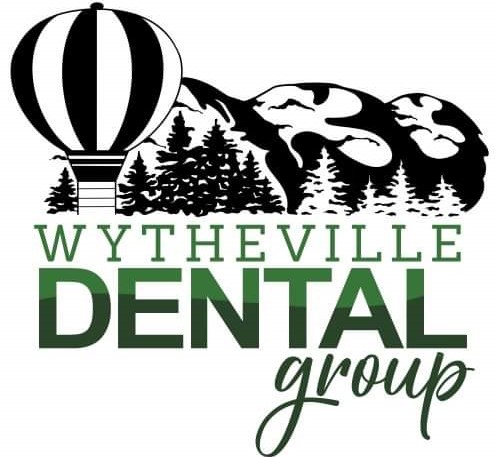Don’t Ignore Tooth Decay
The destruction of a tooth’s structure is tooth decay. Cavities are a form of tooth decay. A cavity is a hole in the tooth’s enamel, the tooth’s hard outer layer. Left untreated, tooth decay can extend beyond the enamel to the tooth’s next layer called dentin. It’s even possible for tooth decay to reach a tooth’s nerve (pulp).
Causes of Tooth Decay
Plaque is a sticky film that constantly forms on everyone’s teeth. When people consume food and drinks that contain sugar or starch, the bacteria in plaque converts that food or drink into acid. That acid wears away at tooth enamel to create cavities. Tooth roots can also experience decay if they’re exposed to plaque because gums have receded away from the teeth.
Good Habits
Practicing good dental hygiene, eating a healthy diet, and visiting the dentist regularly are the keys to preventing these issues. At home, it’s important to clean between teeth daily with floss or another interdental cleaner. Brushing with fluoride toothpaste twice a day is also essential. Healthy diets limit the consumption of sugary beverages, sweet treats, and sticky foods.
Prevention
At Wytheville Dental Group, preventative dental care is at the heart of our practice. Routine dental visits are an essential part of a successful strategy to prevent dental problems. A typical visit includes a professional dental cleaning to remove plaque and tartar. We can also apply dental sealants to protect teeth from decay. According to the Centers for Disease Control (CDC), dental sealants prevent 80 percent of cavities for up two years after application.
Another preventative measure we offer is professional strength fluoride application. Fluoride is a naturally occurring mineral that helps teeth resist decay. Also, fluoride has been shown to reverse tooth decay in its earliest stages. When it’s time for your next dental visit, contact us at Wytheville Dental Group to schedule an appointment.


